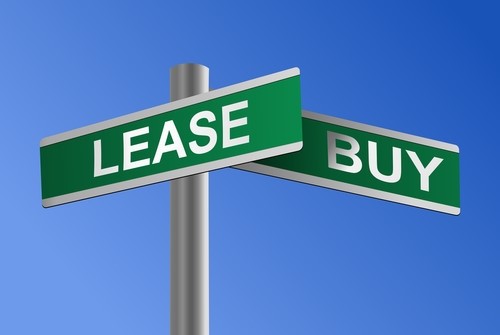Below is an excerpt on how to set the stage for company growth, from Andrew J Sherman’s book “Raising Capital.” Andrew J. Sherman is a partner at Jones Day in the Washington, DC office ([email protected]) and focuses his practice on issues affecting business growth for companies at all stages, including developing strategies to leverage intellectual property and technology assets, as well as international corporate transactional and franchising matters. He has served as a legal and strategic advisor to dozens of Fortune 500 companies and hundreds of emerging growth companies. For more of his work, visit his page here.
Regardless of changes in tax laws and accounting regulations, leasing’s greatest appeal continues to be that it permits companies to acquire assets with very little or no down payment. Most rapidly growing companies desperately need the use, but not necessarily the ownership, of certain resources to fuel and maintain their growth. Therefore, leasing offers an alternative to ownership. Monthly lease payments are made in lieu of debt-service payments.
Who Should Lease? Financing new equipment—from computers to phone systems to capital equipment—is a major issue for many business owners. You may want to consider leasing even if you do have the cash to purchase the assets you’ll need to grow your business. You may find that by leasing, you can regulate your cash flow more effectively because you have predictable, regular monthly installments, as opposed to a single lump-sum payment. Plus, leasing can help you avoid tying up lines of credit or money that you might want to use for another area of your business.
Six Advantages and Disadvantages of Leasing
- Ownership – The most obvious downside to leasing is that when the lease runs out, you don’t own the equipment. Of course, this may also be an advantage, particularly for equipment like computers, where technology changes very quickly.
- Total Expense – Leasing is almost always more expensive than buying, assuming you don’t need a loan to make the purchase. For example, a three-year lease for a $5,000 computer system (at a typical rate of $40 per month per $1,000) will cost you a total of $7,200.
- Finding Funds – Lease arrangements are usually more liberal than commercial loans. While a bank might require two or three years of business records before granting a loan, many leasing companies will evaluate your credit history over shorter terms (six months is fairly typical). That can be a significant advantage for a start-up business.
- Cash Flow – This is the primary advantage to leasing. It eliminates a large expense that may drain your cash flow, freeing funds for other day-to-day needs.
- Taxes – Leasing almost always allows you to expense your equipment costs, meaning that your lease payments can be deducted as business expenses. On the other hand, buying may allow you to deduct up to $18,000 worth of equipment in the year it is purchased; anything above that amount has to be depreciated over several years. With the first-year deduction, the real cost of a $5,000 computer system may be only $3,400.
- Technology Needs – Technology advances at a rapid rate. If you buy a computer or some other type of high-tech equipment outright, in two or three years you may find yourself with outdated equipment that has no discernible resale value. Leasing may allow you to try out new equipment and update your system regularly to stay on top of the technology curve.
Look at how PEX helps you authorize, enable and track employee spending.
Stayed tuned for more great business tips from Andrew J. Sherman in our excerpt series. And join us on Twitter for a #PEXCardChat with Andrew Sherman, Thursday, August 7th at 2:00 pm EST.
Stay up to date on the latest PEX news!
Thank you, you're now subscribed!
Opinions, advice, services, or other information or content expressed or contributed here by customers, users, or others, are those of the respective author(s) or contributor(s) and do not necessarily state or reflect those of The Bancorp Bank, N.A. (“Bank”). Bank is not responsible for the accuracy of any content provided by author(s) or contributor(s).




